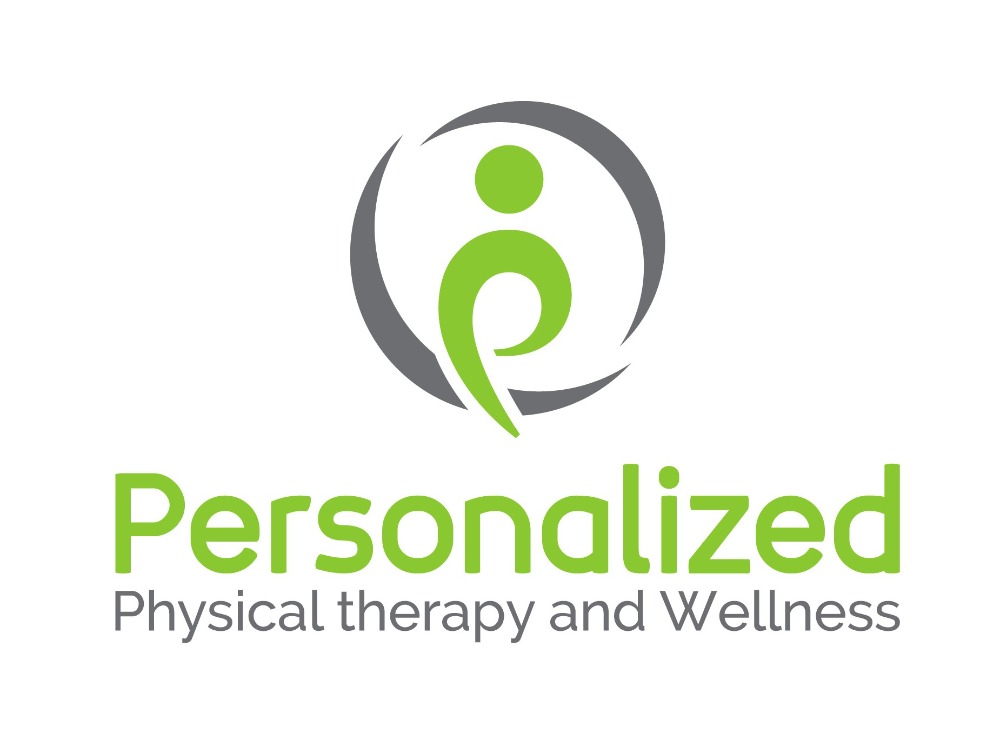
DRY NEEDLING INFORMATION & CONSENT FORM
What is Dry Needling?
Dry needling is a form of therapy in which fine needles are inserted into myofascial trigger points (painful knots in muscles), tendons, ligaments, or near nerves in order to stimulate a healing response in painful musculoskeletal conditions. Dry needling IS NOT acupuncture or Oriental Medicine; that is, it does not have the purpose of altering flow of energy (“Qi”- pronounced chee) along traditional Chinese Meridians for the treatment of diseases. In fact, dry needling is a modern, science-based intervention for the treatment of pain and dysfunction in musculoskeletal conditions such as neck pain, shoulder impingement, tennis elbow, carpal tunnel syndrome, headaches, knee pain, shin splints, plantar fasciitis, and low back pain.
Is Dry Needling Safe?
Single-Use, Disposable Needles ARE Used in this Clinic!!
Drowsiness, tiredness, and/ or dizziness may occur after treatment in a small number of patients (1- 3%). If this occurs, you are advised not to drive and to have a driver pick you up.
Minor bleeding or bruising can occur after treatment (15-20% of patients) and is considered NORMAL.
Temporary pain occurs during dry needling in 60-70% of treatments. Existing symptoms can get worse after treatments (< 3% of patients), however, this is not necessarily a “bad” sign.
Fainting can occur in certain patients (0.3%), particularly at the first treatment session when needling of the head/ neck is performed.
Dry needling is very safe; HOWEVER, serious side effects can occur in less than 1 per 10,000 (< 0.01%) treatments.
The most common serious side effect from dry needling is pneumothorax (lung collapse due to air inside the chest wall).
The symptoms of dry needling-induced pneumothorax commonly do not occur until after the treatment session, sometimes taking several hours to develop.
The signs and symptoms of a pneumothorax may include:
o Shortness of breath on exertion
o Increased breathing rate
o Chest pain
o A dry cough
o Bluish discoloration of the skin
o Excessive sweating
If such signs and/ or symptoms occur, you should immediately contact your physical therapist or physician.
Nerves or blood vessels may be damaged from dry needling which can result in pain, numbness or tingling; however, this is a very rare event and is usually temporary.
Damage to internal organs has been reported in the medical literature following needling; however, these are extremely rare events (1 in 200,000).
Is there anything your practitioner need to know?
1. Have you ever fainted or experienced a seizure? YES NO
2. Do you have a pacemaker or any other electrical implant? YES NO 3. Are you currently taking blood thinners (e.g. aspirin, warfarin, coumadin)? YES NO
4. Are you currently talking antibiotics for an infection? YES NO
5. Do you have a damaged heart valve, metal prosthesis or other risk of infection? YES NO
6. Are you pregnant or actively trying for a pregnancy? YES NO
7. Do you suffer from metal allergies? YES NO
8. Are you a diabetic or do you suffer from impaired would healing? YES NO
9. Do you have Hepatitis B, Hepatitis C, HIV, or any other infectious disease? YES NO
10. Have you eaten in the last two hours? YES NO
Adapted from Advantage Physical Therapy, Lexington Kentucky 2 Dry Needling Institute of American academy of Manipulative Therapy 2012. James Dunning, DPT, MSc Manip.Ther., OCS, MSCP, MAACP(UK), FAAOMPTStatement of Consent: I confirm that I have read and understand the above information, and I consent to having dry needling treatments. I understand that I can refuse treatment at any time.